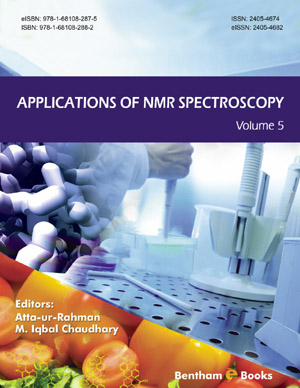Abstract
Nuclear magnetic resonance (NMR) is widely applied in chemistry and biochemistry, as well as in materials science. The capacity to elucidate new compounds or recognize structures by a fingerprint are common uses of liquid state NMR. Solid state NMR provides another added advantage to the analytical flux, as it can be performed without multistep sample preparation and in a non-destructive way; these aspects greatly speed up sample analysis. Research on mechanics and electronics in the recent years has led to the development of hardware for solid state NMR and a more versatile technique, cross polarization - magical angle spectroscopy (13C CP MAS). These techniques are robust, operationally less expensive and reliable even when performed by non-highly trained experts. These developments have allowed this technique to be used for the analysis of food. Here, we present some technical considerations for the implementation of solid state NMR as a reproducible technique, considering typical NMR parameters such as the length of pulses and spectral calibrations. The potential target compounds in food analysis are discussed regarding the type of results that can be obtained; changes to the protein and lipid content and quality lead to different spectra as well as physical-chemical characteristics with an impact on the organoleptic and taste experience for consumers. The structure, crystal arrangement and uses of the starch flour were reviewed to explain the role of materials science tools and structural knowledge. Many techniques are used to perform state-o- -the-art starch analysis and to assess its role in flour products; solid state NMR spectroscopy has considerable potential as a quick, reliable and cost-beneficial way to routinely validate processes and products. Finally, we suggest parameters for future standardized experiments and the possible comparison with other analytical methods.
Keywords: Analytical methods, Biopolymers, Food chemistry, Hydrocolloids, Non-destructive method, Nuclear magnetic resonance parameters, Rapid method, Solid state NMR, Starch, Ultrastructural characterization.






















